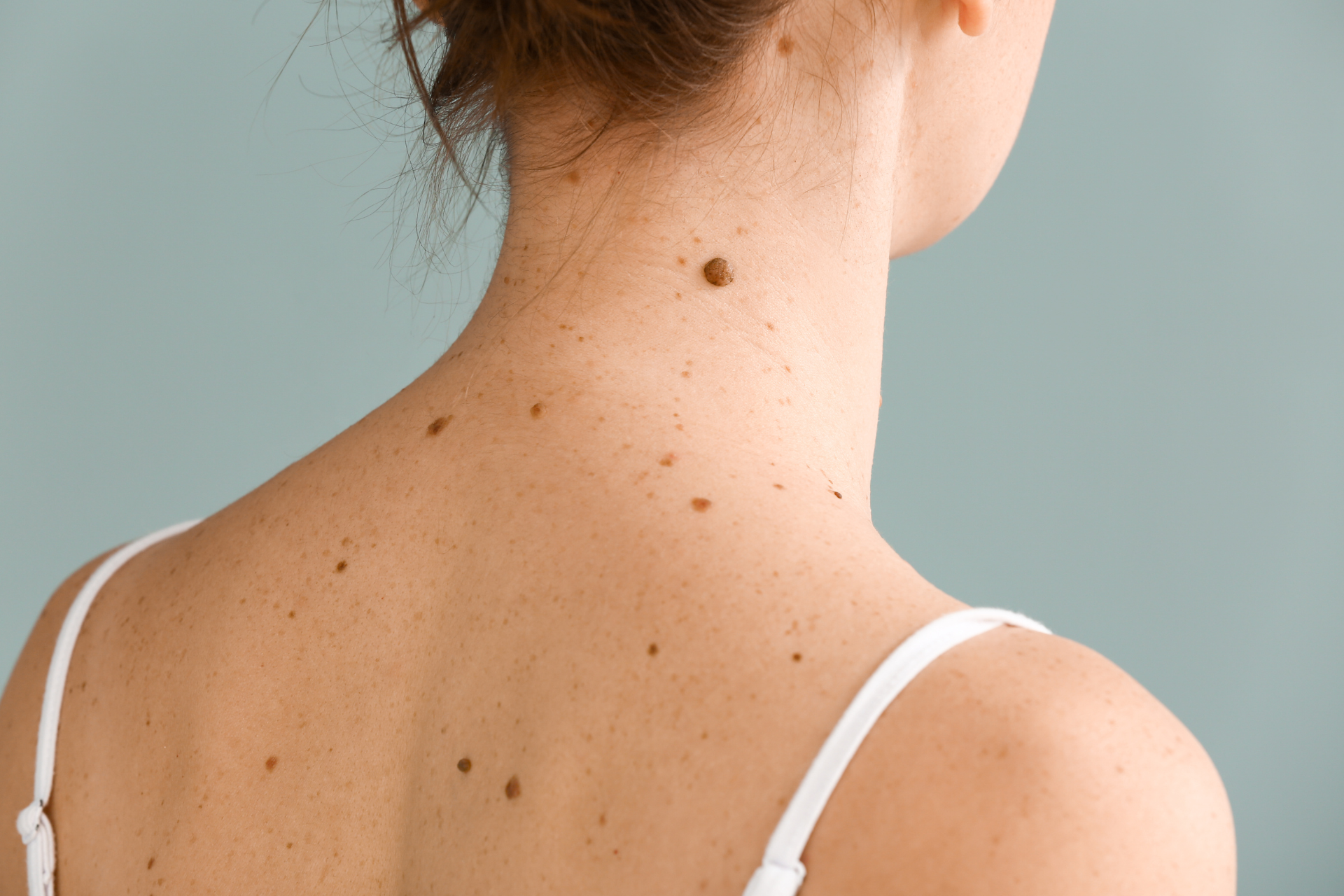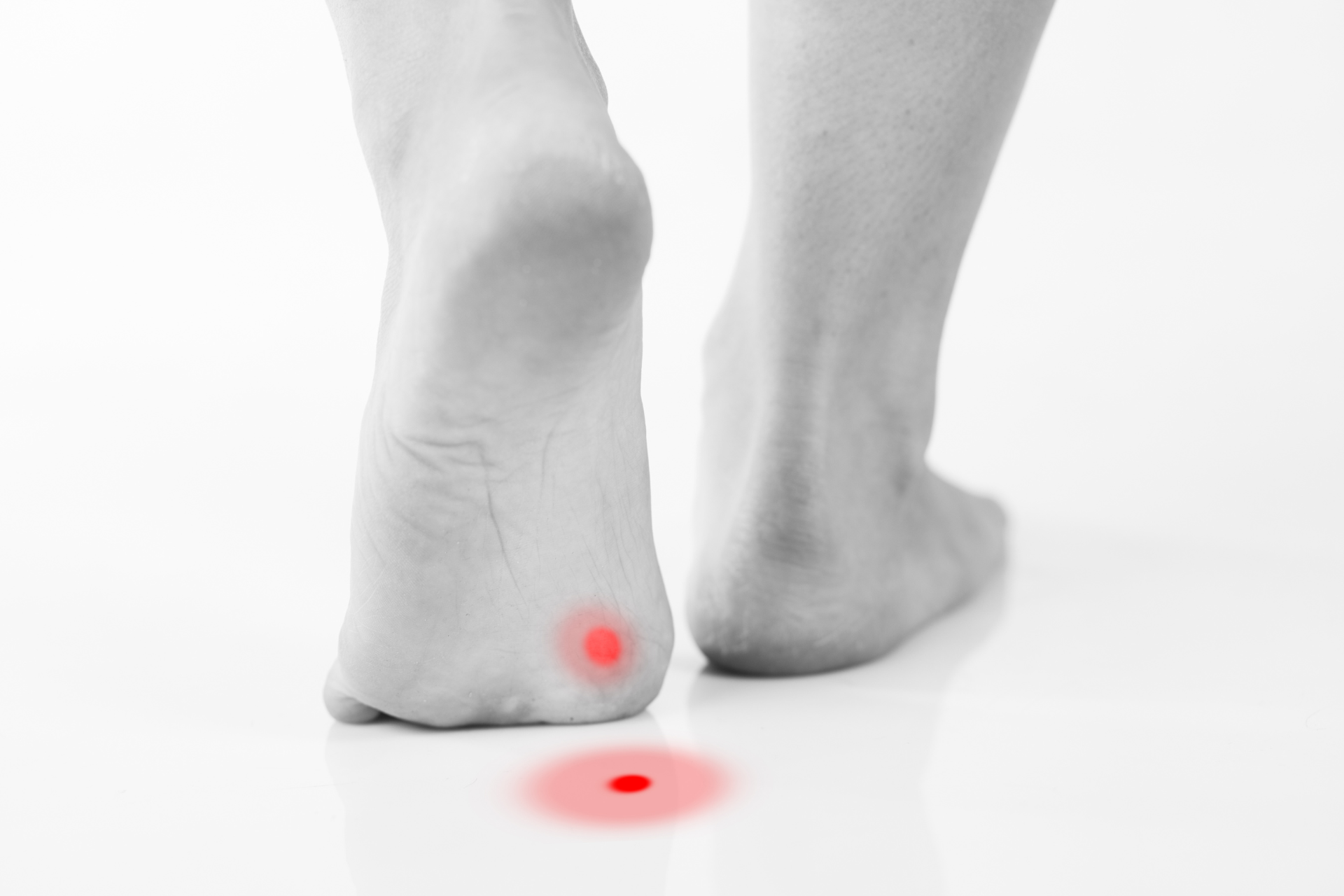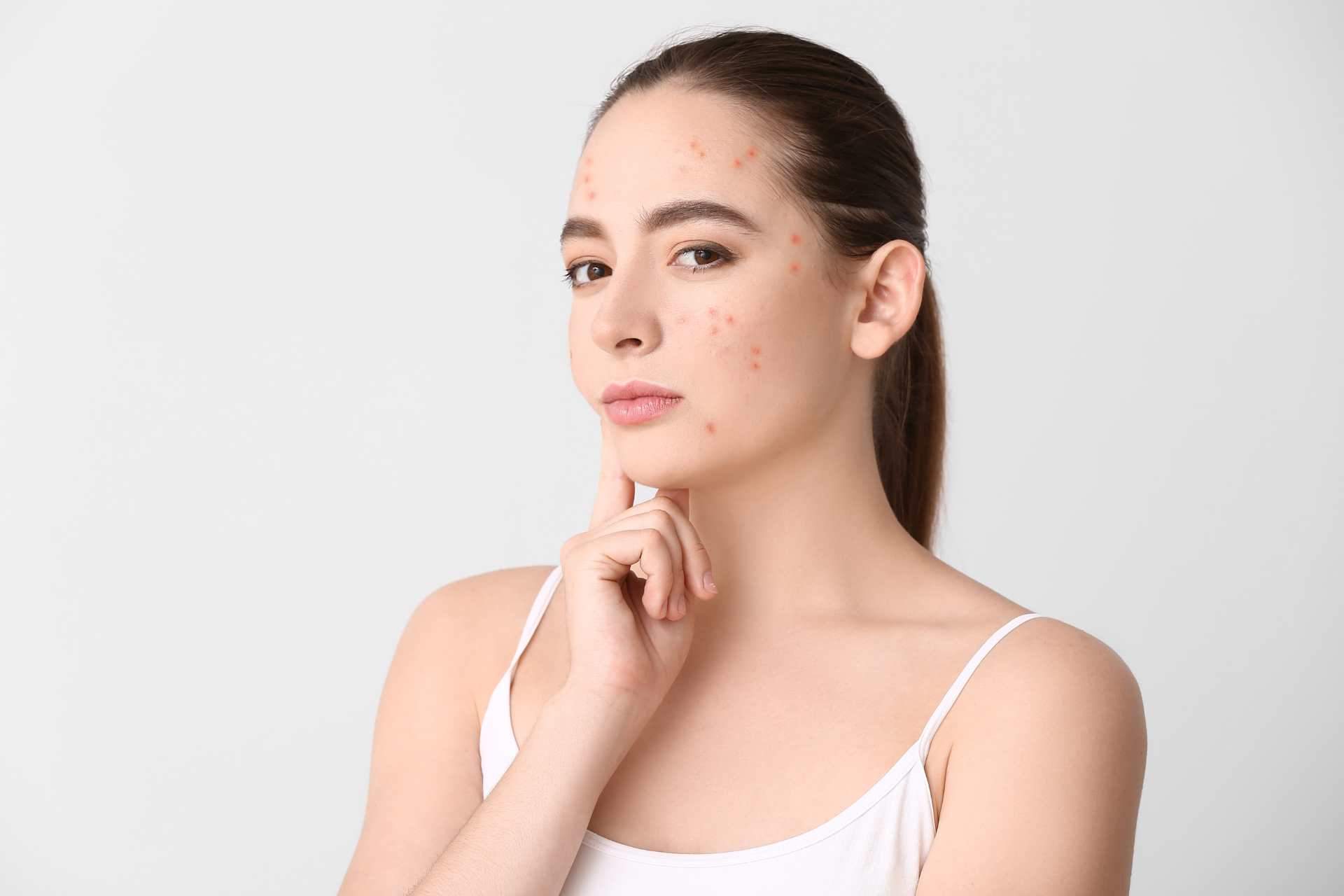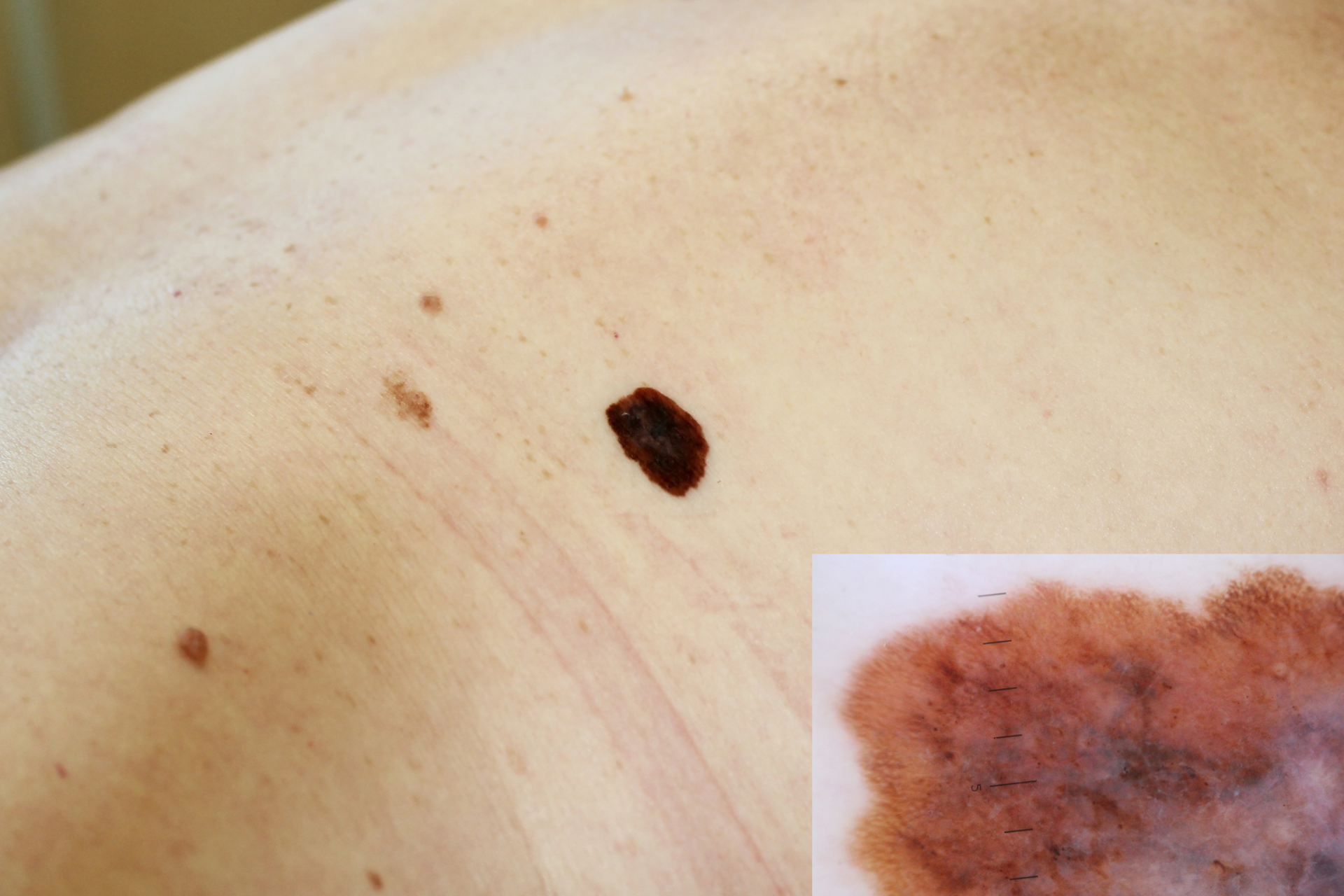How to Identify and Monitor Moles: When to See a Doctor

Moles, also known as nevi, are a common occurrence on the human body. While most moles are harmless, it is important to keep an eye on any changes in size, shape, or color that could indicate a potential issue. Fall Creek Skin and Health Clinic is here to guide you on how to identify and monitor moles effectively and when it's time to seek professional medical advice.
Identifying Moles
Moles are clusters of pigmented cells that typically appear as small, dark spots on the skin. They can vary in color from tan to brown to black and can be flat or raised. Most people have between 10 to 40 moles on their body, which often develop during childhood and adolescence.
Here are some key features to look for when identifying moles:
1. ABCDE Rule
Use the ABCDE rule to assess moles for potential signs of melanoma, the most serious form of skin cancer. A stands for asymmetry, B for border irregularity, C for color variation, D for diameter larger than a pencil eraser, and E for evolution or changes over time.
2. Size and Shape
Moles should be relatively uniform in shape and color. If you notice moles that are asymmetrical, have irregular borders, or have multiple colors within the same mole, it could be a cause for concern.
3. Itching or Bleeding
Moles that itch, bleed, or become painful should be monitored closely as these could be signs of skin cancer.
Monitoring Moles
Regularly monitoring your moles is crucial in detecting any changes early. Here's how you can effectively monitor your moles at home:
1. Self-Exams
Perform monthly self-exams to check for any new moles or changes in existing moles. Use a full-length mirror and a hand-held mirror to examine hard-to-see areas like your back and scalp.
2. Take Note
Keep a record of your moles, noting their size, shape, color, and any changes that occur. This will help you track any developments over time.
3. Photos
Take photos of your moles to make it easier to detect any changes. Make sure to capture clear images with good lighting for accurate comparison.
When to See a Doctor
While most moles are harmless, it is important to be aware of the warning signs that may indicate a need for medical attention. Consider scheduling an appointment with a dermatologist at Fall Creek Skin and Health Clinic if you notice any of the following concerning changes in your moles:
1. Rapid Growth
Moles that suddenly grow in size or become elevated should be evaluated by a healthcare professional.
2. Color Changes
Moles that change color or develop multiple colors should be examined by a dermatologist.
3. Irregular Borders
Moles with irregular, poorly defined borders could be a sign of melanoma.
In conclusion, monitoring your moles regularly and being vigilant about changes is key to maintaining healthy skin. By following the guidelines outlined in this post, you can empower yourself to identify potential issues and seek professional medical advice when needed. Fall Creek Skin and Health Clinic is dedicated to providing comprehensive skin care services for patients of all ages, ensuring your skin health is in good hands. Remember, early detection is crucial in the fight against skin cancer, so don't hesitate to seek medical attention if you have any concerns about your moles. Your skin's well-being is our top priority.




